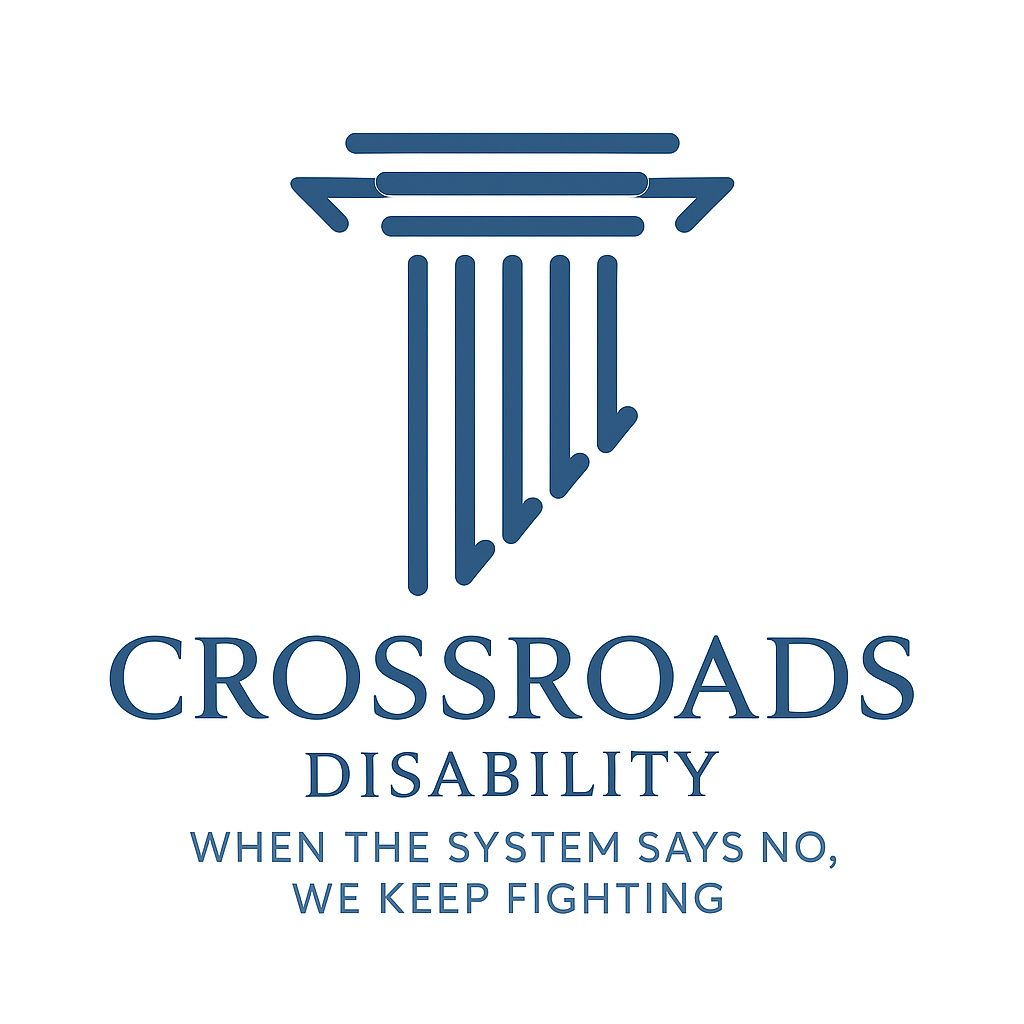The 5-Step Sequential Evaluation Process for Disability in 2025
The 5-Step Sequential Evaluation Process for Disability in 2025

When you apply for Social Security Disability (SSD) benefits, the Social Security Administration (SSA) uses a strict 5-step sequential evaluation process to decide whether you qualify. Understanding these steps can help you prepare your claim and avoid unnecessary delays or denials.
Step 1: Are You Working Above Substantial Gainful Activity (SGA)?
The first question SSA asks is whether you are currently working and earning above the Substantial Gainful Activity (SGA) limit.
- In 2025, the SGA amount is $1,550/month for non-blind applicants and $2,590/month for blind applicants.
- If you’re earning more than these amounts, SSA will usually deny your claim at Step 1.
- If you are not working, or your income is below SGA, SSA moves on to Step 2.
Step 2: Do You Have a Severe Impairment?
SSA must see that your medical condition is “severe” enough to significantly limit your ability to work.
- The condition must last—or be expected to last—at least 12 months or result in death.
- Minor or short-term conditions won’t qualify.
Step 3: Does Your Condition Meet or Equal a Listing?
SSA has a Listing of Impairments (often called the “Blue Book”). If your medical condition matches one of these listings exactly, or is medically equivalent, you may automatically qualify.
- Examples: severe spinal disorders, certain cancers, advanced heart failure.
- If your condition doesn’t meet a listing, SSA goes to Step 4.
Step 4: Can You Do Your Past Relevant Work?
SSA will review your work history from the past 5 years to see if you can still perform any of those jobs.
- They consider your physical and mental limitations.
- If you can still perform past work, your claim will be denied.
- If you cannot, the evaluation continues to Step 5.
Step 5: Can You Do Any Other Work in the National Economy?
At the final step, SSA decides if there is any other work you can do, given your age, education, and work experience.
- SSA uses a system called the Medical-Vocational Guidelines (“grid rules”).
- For claimants age 50 and older, these rules often make it easier to qualify because SSA recognizes it is harder to transition into new work.
If SSA finds no other work you can reasonably do, you will be approved for benefits.
Why This Process Matters for Your Claim
Each of these steps builds on the next. A mistake at Step 1 (earning too much) or Step 2 (not proving severity) can stop your case before SSA even looks at your medical records in depth.
That’s why it’s critical to submit strong evidence and, if denied, appeal quickly to keep your case moving forward.
Get Help Navigating the 5 Steps
At Crossroads Disability, we guide clients through every step of the SSA’s process:
- Gathering complete medical records.
- Explaining how SGA and the grid rules apply to you.
- Fighting denials at reconsideration and hearings.
👉 Start with our
Free Disability Case Evaluation and try our
Disability Back Pay Calculator to estimate your benefits.










